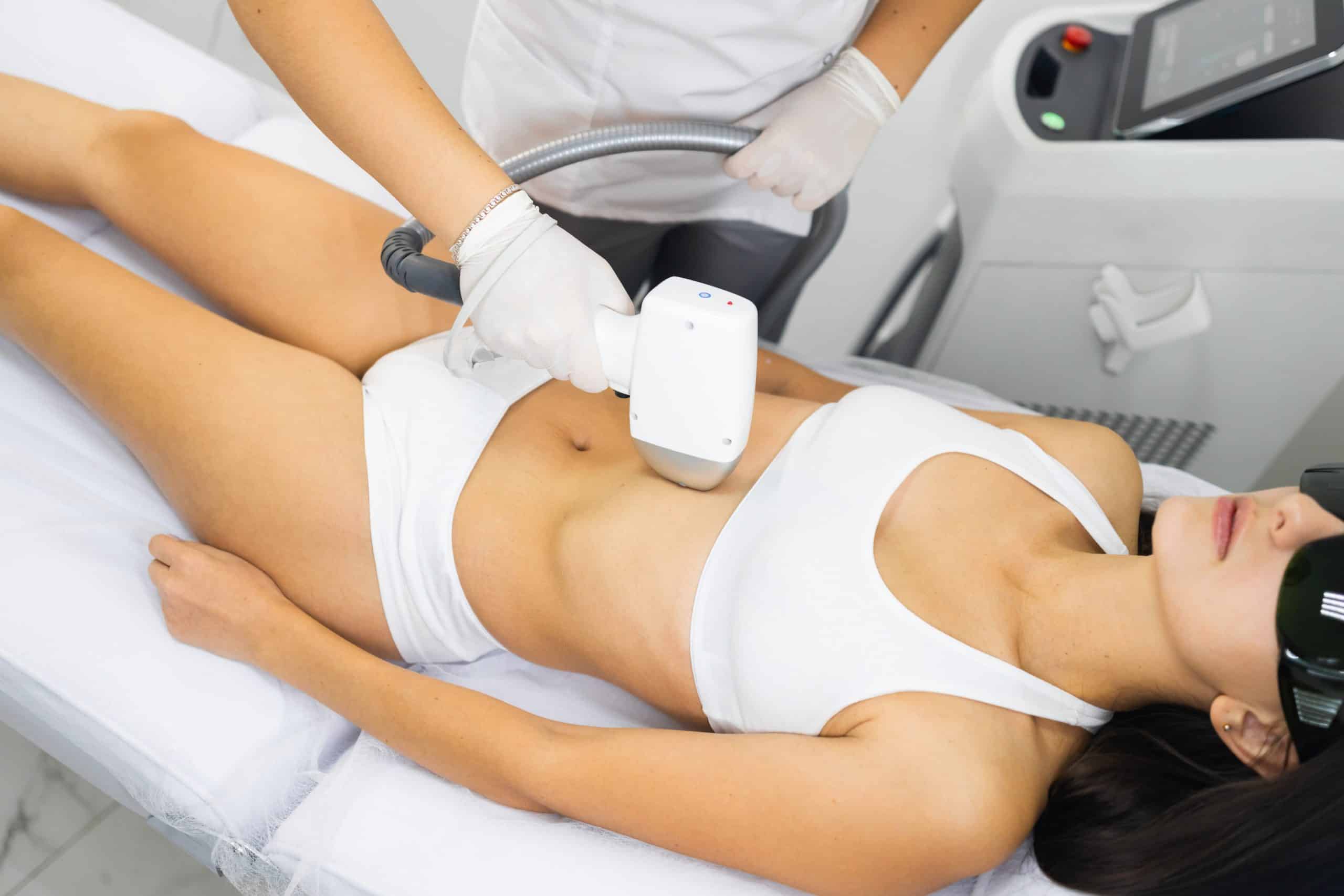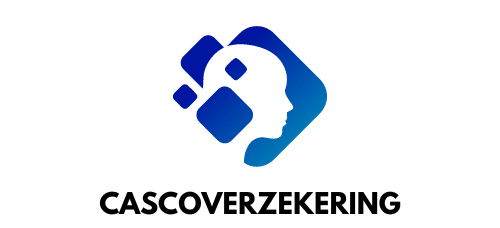What Are the Effects of Low-Level Laser Therapy in Treating Tendinitis Among Athletes?

Every year, athletes around the world face the painful challenge of tendinopathy, often known as tendinitis. This common condition can hamper performance and lead to long-term complications if not well managed. In an endeavor to find effective treatment options, many researchers and medical professionals are turning to low-level laser therapy (LLLT). Let’s delve into the scholarly findings and review how LLLT is making a mark in sports medicine.
The Science Behind Low-Level Laser Therapy
Before discussing the effects of low-level laser therapy on tendinitis, it’s essential to understand what this treatment entails. Low-Level Laser Therapy, commonly abbreviated as LLLT, is a painless, non-invasive, and side-effect-free treatment that uses low-power lasers to stimulate cellular function.
Also read : Can Phage Therapy Offer a Solution to Antibiotic-Resistant Bacterial Infections?
The specific wavelengths of light interact with tissue to accelerate the healing process. These lasers can penetrate the skin and underlying tissues, thereby promoting healing and reducing inflammation, pain, and swelling. However, the detailed mechanisms of how LLLT works at a cellular level are still under review in the scientific community.
Over the past few decades, research has suggested the potential of low-level laser therapy in treating various conditions. A PubMed Central (PMC) article published in 2022 indicated that LLLT could reduce pain and inflammation in musculoskeletal disorders, making it a valuable tool in sports medicine.
Have you seen this : How to Optimize the Work Environment for Employees with Seasonal Affective Disorder (SAD)?
Low-Level Laser Therapy and Tendinitis
Patellar tendinopathy, also known as jumper’s knee, is a common injury among athletes, especially those involved in jumping sports like basketball and volleyball. This condition involves inflammation of the patellar tendon, which connects the kneecap to the shinbone.
Athletes with this condition suffer from persistent pain and inflammation, limiting their ability to perform and reducing their quality of life. Traditional treatment typically involves physiotherapy, medication, and in severe cases, surgery.
However, the last few years have seen an increase in the use of low-level laser therapy to treat tendinopathy. According to a scholarly review published in the Journal of Sports Medicine in 2023, patients who underwent LLLT reported a significant reduction in pain and inflammation.
LLLT is believed to function by reducing inflammation, enhancing cell proliferation, and increasing collagen production. As a result, it may accelerate the healing process, allowing athletes to return to their sports faster than with traditional treatments.
What the Studies Say
Numerous studies have explored the effectiveness of LLLT in treating tendinopathy among athletes. In a study published in the Journal of Athletic Training, researchers found that LLLT significantly reduced pain and improved function in athletes with Achilles tendinopathy.
In another study, found through a Google scholar search and published in The American Journal of Sports Medicine, researchers examined the use of LLLT in treating lateral epicondylitis (tennis elbow). The findings indicated that patients who underwent LLLT experienced significantly less pain and improved functionality of the elbow.
A 2023 review further found that LLLT could enhance the outcomes of exercise therapy in treating tendinopathy. By combining LLLT with exercise, patients could achieve better results than using either treatment alone.
Practical Implications and Future Research
The findings of these studies suggest that low level laser therapy could be a game-changer in sports medicine, offering a non-invasive and effective treatment for tendon injuries among athletes.
However, it’s noteworthy that while most studies have reported positive results, the optimal parameters for LLLT application (such as dosage and duration) are still under debate. Future research should focus on establishing these parameters to standardize treatment protocols.
Moreover, the long-term effects of LLLT on tendon health are still unclear, warranting further investigation. Although current findings are promising, more high-quality, randomized controlled trials are needed to validate these results.
Despite these uncertainties, it’s clear that LLLT has a significant role to play in sports medicine. As research continues to evolve, it may not be long before this therapy becomes a standard treatment for tendinopathy and other sports-related injuries.
So, while you outrun and outpace your adversaries on the sports field, let the power of science and technological advancements like low-level laser therapy support your journey. After all, in the pursuit of athletic glory, no hurdle should prove too high to overcome. Stay ahead of the game and let the holistic healing process of LLLT keep you on the winning track.
Criticisms and Limitations of Low-Level Laser Therapy
As promising as low-level laser therapy (LLLT) appears, it is vital we do not overlook potential criticisms and limitations. Despite numerous studies pointing to the effectiveness of LLLT in treating conditions such as patellar tendinopathy and Achilles tendinopathy, there is still a need for a more comprehensive understanding of the treatment’s full potential and limitations.
One of the most common criticisms is the lack of consistency in the parameters used in LLLT studies. These inconsistencies relate to factors such as laser intensity, frequency, and treatment duration, which can all significantly impact the therapy’s effectiveness. It is therefore crucial for future research to establish standardized protocols to ensure consistent application and results.
Another limitation is the scarcity of long-term studies on the effects of LLLT. Most existing research focuses on short-term results, with few studies investigating long-term outcomes or potential side effects. This lack of long-term data can make it more challenging for practitioners to predict how an athlete’s body will respond to LLLT over time.
Finally, while LLLT has shown promise in reducing pain and inflammation in musculoskeletal disorders, it isn’t a cure-all. It should be viewed as a tool in a broader therapeutic regimen, rather than a stand-alone treatment. Combining LLLT with traditional treatments, such as physiotherapy and eccentric exercises, may yield the best results.
Conclusion: The Future of Low-Level Laser Therapy in Sports Medicine
In conclusion, low-level laser therapy has emerged as a promising treatment for athletes suffering from tendinopathy and other sports injuries. Its ability to reduce pain, inflammation, and accelerate healing makes it an attractive option in the world of sports medicine, where quick return to play is essential.
However, as with any new treatment, there are limitations and potential drawbacks that must be addressed. The lack of standardized treatment protocols and long-term studies are significant issues that researchers and practitioners must resolve. Establishing these parameters and conducting high-quality, long-term randomized controlled trials will be vital to validate the effectiveness of LLLT conclusively and ensure it is safe and beneficial for athletes.
While we wait for more research to solidify the position of LLLT in sports medicine, it is important to remember that LLLT should not replace traditional treatments, but rather complement them. With the combined efforts of researchers, practitioners, and athletes, the future of LLLT in sports medicine looks bright, and the full potential of this treatment is yet to be discovered.
In the quest for excellence, technologies like low-level laser therapy are proving invaluable. The power of science and technological advancements like LLLT is helping athletes overcome hurdles and stay on the winning track. The future holds exciting possibilities for LLLT, and it is no surprise that this treatment is gaining traction in the field of sports medicine.
